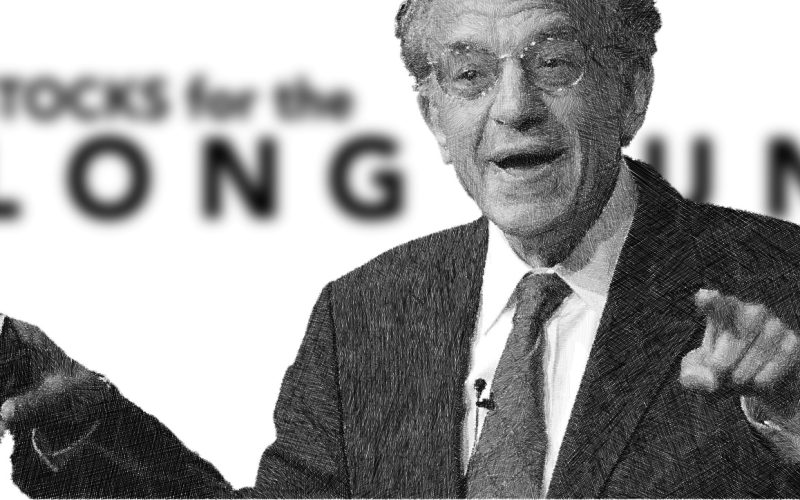by Professor Jeremy J. Siegel Senior Economist to WisdomTree and Emeritus Professor of Finance at The Wharton School of the University of Pennsylvania
The economic data is coming in very good for markets. Starting with gross domestic product (GDP), we observed a modest growth rate of around 2% in the first half of the year, which, while not spectacular, is certainly far from recessionary conditions. This level of growth, accompanied by slight inventory accumulation, suggests a stable economic backdrop.
My favorite high frequency indicator—jobless claims—stabilized around the 240k mark, a positive sign that does not indicate any troubling uptrend. This stabilization in jobless claims is crucial and aligns with other indicators we're monitoring.
Turning our attention to the Personal Consumption Expenditure (PCE) Price Index, the data revealed a slight uptick on a year-over-year basis, which wasn’t entirely unexpected given the quarterly figures released the day before. The overall trend for inflation is softening and approaching the Federal Reserve’s (Fed’s) 2% target. The monthly figures met expectations.
Another very positive note comes from the commodity sector, as prices have trended downwards. This decline is significant, as it not only eases inflationary pressures but also suggests a balanced demand-supply dynamic in the global markets. It’s always a delicate balance to interpret whether commodity price declines are due to a global slowdown or merely an adjustment towards disinflation. However, the current data from the U.S. suggests the latter, as real economic indicators remain steady.
This week, all eyes are on the Fed’s upcoming meeting. I anticipate Jerome Powell will indicate the potential for easing of monetary policies in September if the current economic trends continue. He is unlikely to fully commit to this, as there’s a lot of data before that September meeting—but the Fed’s confidence in the inflation trajectory should have increased enough to start cutting rates. The market even started pricing in some probability of a 50-basis point cut, which I have alluded to in prior commentaries, but that will only occur if there is a sharp slowdown, and the jobless claims data doesn’t point to that now.
Lastly, the political landscape is as complex and uncertain as ever. The dynamics here could play a crucial role in shaping tax and economic policies going forward. As markets continue to digest these developments, the intersection of economic data, Fed policies, and political dynamics will be key areas to watch.
Within the market, we’ve experienced major market rotation. The last two weeks of strong performance for value and small caps just reversed the last 2-3 months of mega cap growth’s surge and brings us back to a long-term trend for the growth stocks. We could see a short-term bounce for growth, but I do not think we will get back to the highs of growth versus value reached in the middle of July. When rates start to come down, we could see a longer-term shift in the small cap and value stock relative performance trends.
Copyright © WisdomTree














